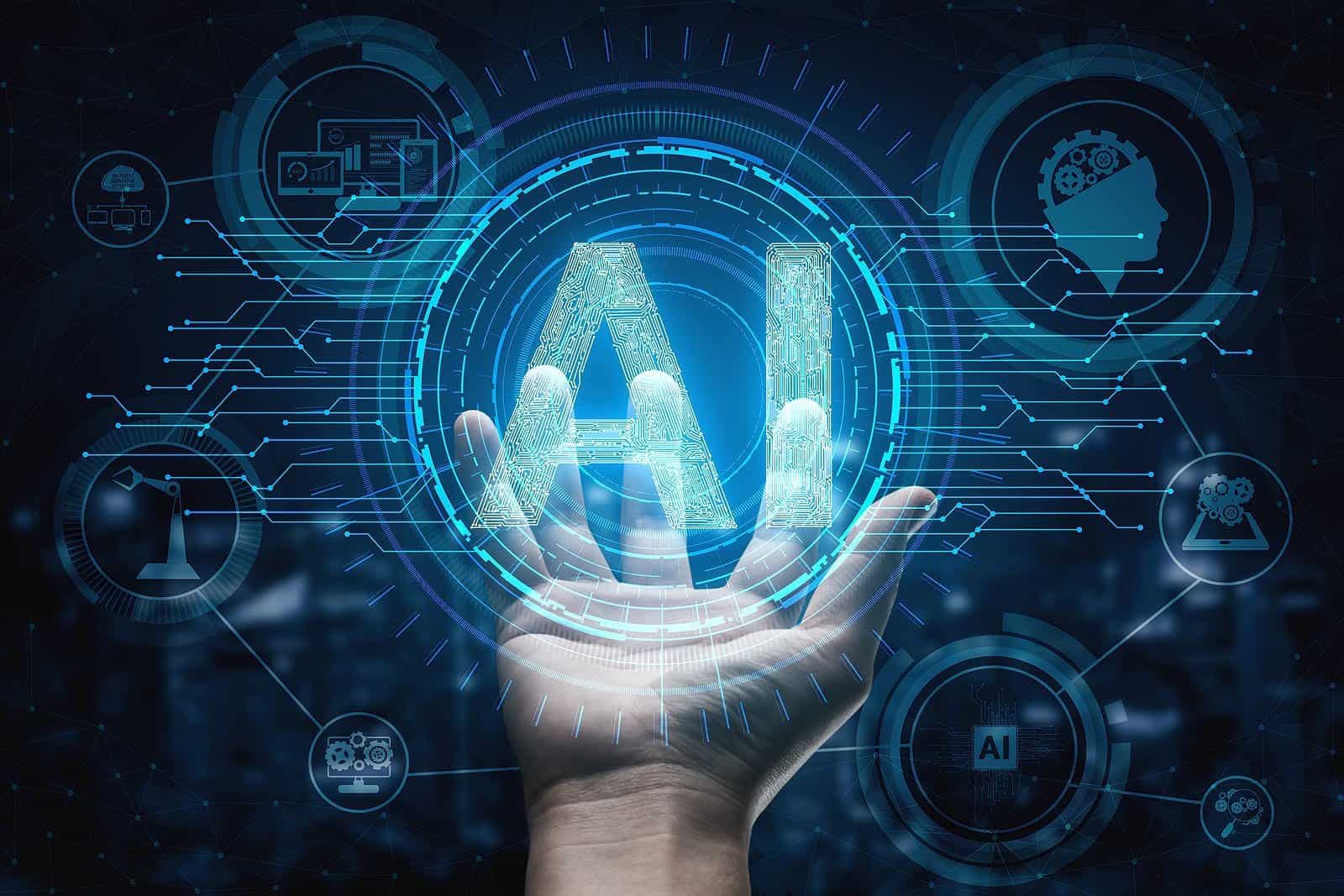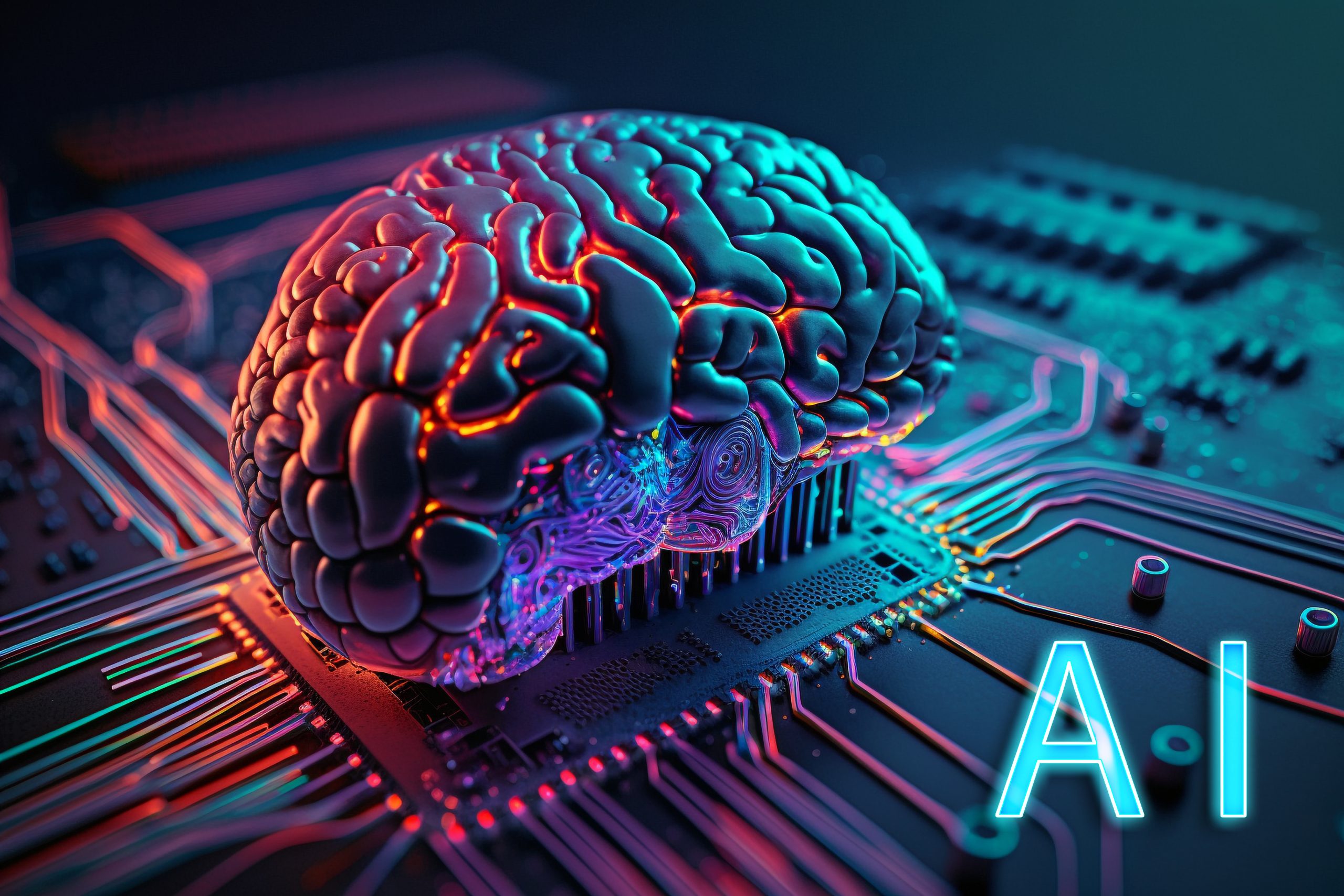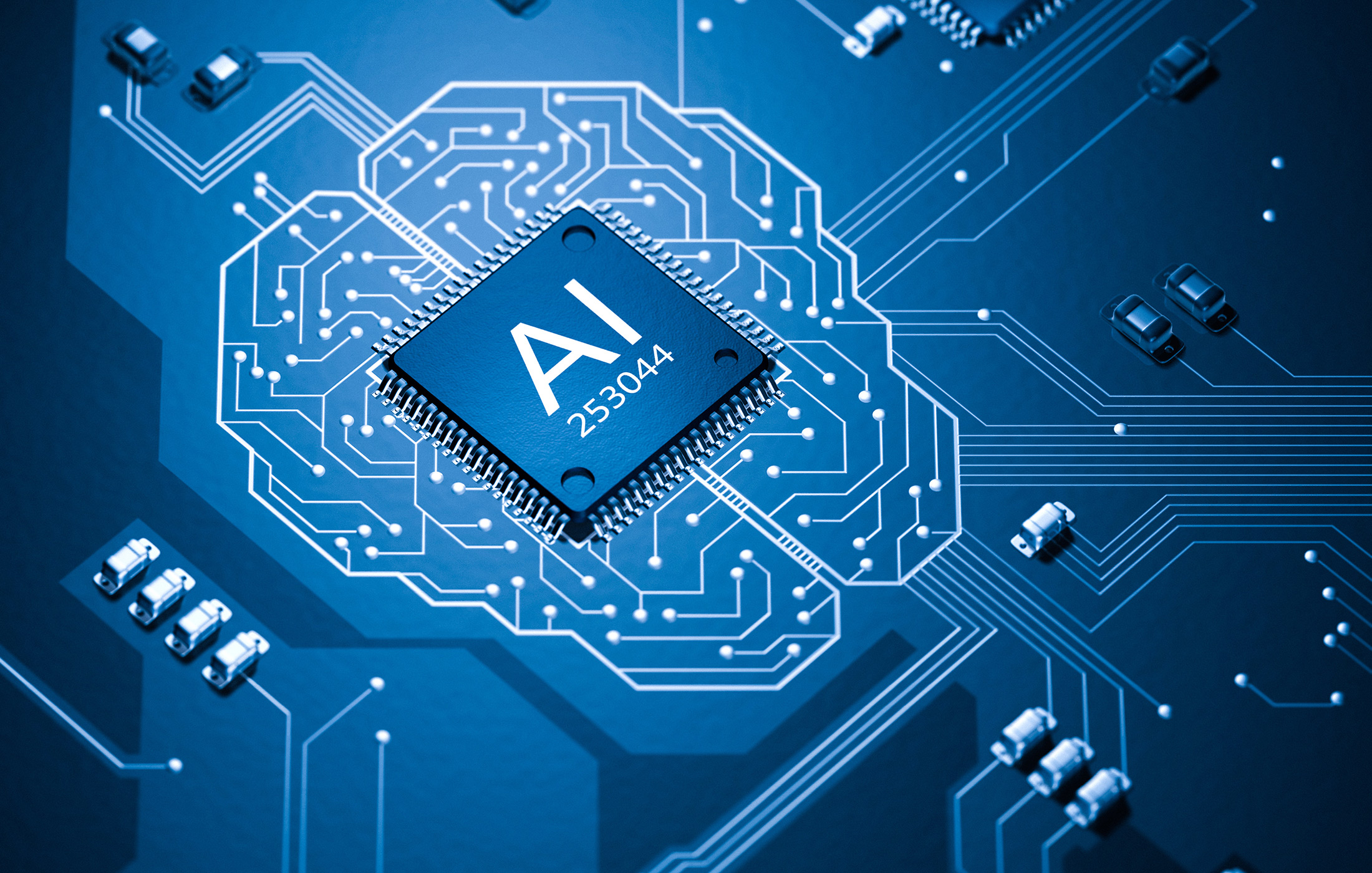Unlock Your Inner Toy: The AI Action Figure Trend Explained
The digital world is constantly evolving, bringing forth new and exciting ways for us to express ourselves and interact with technology. One of the most captivating phenomena sweeping across social media platforms recently is the AI action figure trend. This innovative wave sees individuals transforming themselves, or even public figures, into highly stylized action figures or dolls, all thanks to the power of artificial intelligence. It's more than just a fleeting internet fad; it's a fascinating blend of personal expression, technological prowess, and a touch of nostalgic whimsy that has captured the imagination of millions worldwide.
From whimsical Barbie-esque renditions to rugged, blister-packed heroes, the possibilities seem endless. This trend isn't just about creating a cool avatar; it's about exploring identity, creativity, and the burgeoning capabilities of generative AI tools. As we delve deeper into this phenomenon, we'll uncover how this exciting trend works, why it's resonated so widely, and what it means for the future of digital self-representation and personalized entertainment.
Table of Contents
- What is the AI Action Figure Trend?
- The Rise of Generative AI in Pop Culture
- How to Create Your Own AI Action Figure
- Beyond Personal Fun: Celebrities, Politics, and Brands Embracing the Trend
- The Artistic and Creative Dimensions
- Navigating the Ethical Landscape of AI-Generated Images
- The Future of AI in Personalized Entertainment
- Conclusion
What is the AI Action Figure Trend?
At its core, the AI action figure trend is a social media phenomenon where users leverage generative artificial intelligence tools to transform images of themselves, friends, or even public figures into realistic, stylized action figures or dolls. Imagine seeing yourself as a vintage G.I. Joe, a glamorous Barbie, a rugged Ken, or even a character from a classic blister pack toy. This is precisely what this trend facilitates.
The process typically involves uploading a photo to an AI image generator, often a popular AI tool like OpenAI's ChatGPT (or other platforms built on similar models), and then providing specific text prompts that guide the AI in creating the desired action figure aesthetic. The results are often strikingly realistic, sometimes humorous, and always a conversation starter. This new trend encourages users to create an action figure of themselves, leading to a surge of creative and often surprising outcomes that are widely shared across platforms like Instagram, TikTok, and X (formerly Twitter). It's a testament to how accessible and powerful AI has become for the average user, turning complex image generation into a playful, engaging activity.
The Rise of Generative AI in Pop Culture
The emergence of the AI action figure trend is not an isolated incident but rather a clear indicator of generative AI's increasing penetration into mainstream pop culture. Tools like ChatGPT, DALL-E, Midjourney, and Stable Diffusion have democratized content creation, allowing individuals without specialized design skills to produce high-quality images, text, and even music. This shift has profound implications for how we interact with digital media and express creativity.
Generative AI's ability to interpret complex prompts and synthesize new, unique outputs has made it incredibly appealing. From creating elaborate fantasy landscapes to designing unique fashion items, these tools are pushing the boundaries of what's possible. The AI action figure trend capitalizes on this by tapping into a universal desire for personalization and the nostalgic appeal of toys. It demonstrates how AI can move beyond purely functional applications to become a tool for entertainment, self-discovery, and cultural commentary. The ease of use and the captivating results have made these AI tools incredibly popular, leading to a rapid adoption rate among general users, not just tech enthusiasts.
How to Create Your Own AI Action Figure
Participating in the AI action figure trend is surprisingly straightforward, thanks to user-friendly interfaces and increasingly intuitive AI models. Here's a breakdown of the typical process:
Choosing the Right AI Tool
While many generative AI tools exist, some are better suited for this specific trend. OpenAI's ChatGPT, particularly its image generation capabilities (often powered by DALL-E), is a popular AI tool that can generate realistic images based on prompts. Other strong contenders include Midjourney, known for its artistic and highly detailed outputs, and Stable Diffusion, which offers more customization for advanced users. For beginners, a platform that integrates image generation directly into a conversational AI like ChatGPT can be the easiest entry point, allowing for iterative refinement of prompts.
Crafting Effective Prompts
The secret to a great AI action figure lies in the prompt. This is where you tell the AI exactly what you want. To turn yourself into a doll with ChatGPT, you'll need to be descriptive. Here are some tips and examples:
- Start with the subject: "A realistic action figure of [your name/description of person]."
- Specify the style: "looking like a Barbie doll," "in the style of a Ken doll," "a vintage G.I. Joe action figure," "a blister pack toy."
- Add details: Describe clothing, accessories, pose, background, and even the material. For instance: "wearing a futuristic suit, holding a laser gun, in a dynamic pose, made of shiny plastic, with a vibrant sci-fi background."
- Consider the packaging: "packaged in a classic blister pack with a clear plastic bubble," "with a cardboard backing displaying character stats."
- Experiment with keywords: "hyperrealistic," "photorealistic," "toy photography," "collectibles," "limited edition."
Here's what happened when we tried it: using prompts like "photorealistic action figure of a person resembling [description], wearing a [type of clothing], in the style of a 1980s blister pack toy, highly detailed, studio lighting," yielded impressive results that perfectly captured the nostalgic feel. Finding the best prompts to make your figure look like a Barbie, Ken, or a blister pack toy often involves trial and error, but the results are worth it.
From Digital to Display
Once you've generated your perfect AI action figure, the fun doesn't stop there. Users are sharing their creations widely on social media, often alongside their original photos for comparison. Some are even taking it a step further, using print-on-demand services to turn their digital creations into physical merchandise like posters, custom phone cases, or even 3D-printed figures, blurring the lines between the digital and physical worlds.
Beyond Personal Fun: Celebrities, Politics, and Brands Embracing the Trend
While the AI action figure trend began as a personal creative outlet, its popularity has quickly expanded beyond individual users. It's proven itself popular, as celebrities, politicians, institutions, and brands have all started to engage with this phenomenon, often for different reasons.
- Celebrities: Many public figures have either had AI-generated action figures made of them by fans or have participated themselves, sharing the results with their massive followings. This offers a new way to connect with fans, showcase a playful side, and generate buzz. It's a fresh take on personal branding.
- Politicians: Surprisingly, even politicians have been reimagined as AI action figures. They're fun and sometimes political. These can range from satirical takes to idealized representations, offering a unique lens through which to view public discourse. This highlights the trend's potential for social commentary and even political satire, making complex topics more accessible or humorous.
- Institutions and Brands: Museums, sports teams, and commercial brands are exploring how they can leverage this trend for marketing and engagement. Imagine a historical museum creating AI action figures of famous historical figures, or a sports brand showcasing its athletes as collectible toys. This opens up new avenues for brand storytelling and consumer interaction, transforming static brand identities into dynamic, interactive experiences.
The widespread adoption across these diverse sectors underscores the versatility and broad appeal of the AI action figure trend, proving it's more than just a fleeting internet fad.
The Artistic and Creative Dimensions
Beyond the immediate amusement, the AI action figure trend also serves as a fascinating canvas for artistic and creative exploration. It allows individuals to visualize themselves or others in entirely new contexts, pushing the boundaries of traditional portraiture and self-representation. For many, it's an accessible entry point into digital art, enabling them to experiment with styles, poses, and themes that would otherwise require extensive artistic training or specialized software.
The trend encourages a deeper understanding of aesthetics, as users learn to articulate visual concepts through text prompts. It fosters creativity by challenging individuals to think about their own identity or the identity of others through the lens of a manufactured toy. Artists are also using these tools to generate concept art, character designs, or even entire narrative worlds around these AI-generated figures, demonstrating the potential for AI to augment human creativity rather than replace it. This collaborative process between human imagination and AI algorithms is opening up exciting new frontiers in digital art and design, making the creation of unique visual content more democratic than ever before.
Navigating the Ethical Landscape of AI-Generated Images
While the AI action figure trend is largely positive and fun, it's crucial to acknowledge the broader ethical considerations surrounding AI-generated images. As these tools become more sophisticated, questions around copyright, ownership, and the potential for misuse become increasingly pertinent. Adhering to principles like E-E-A-T (Expertise, Experience, Authoritativeness, Trustworthiness) and YMYL (Your Money or Your Life) is vital when discussing AI, ensuring responsible and informed discourse.
Copyright and Ownership
One of the primary concerns revolves around who owns the copyright to AI-generated images. If an AI creates an image based on a user's prompt, does the user own it? What if the AI was trained on copyrighted material? These are complex legal questions that are still being debated globally. Currently, many jurisdictions are grappling with how existing copyright laws apply to AI-generated content. For users creating their own AI action figures, it's generally understood that they have rights to their unique creations, but the legal framework is still evolving, particularly when it comes to commercial use or images that closely mimic existing intellectual property.
Deepfakes and Misinformation
Another significant concern is the potential for generative AI to create "deepfakes" – highly realistic but fabricated images or videos. While the AI action figure trend is benign, the underlying technology can be misused to create misleading or harmful content. This raises serious questions about misinformation, reputation damage, and the erosion of trust in visual media. As AI tools become more accessible, it becomes increasingly important for users to be discerning consumers of digital content and for platforms to implement measures to detect and flag AI-generated misinformation. Education about the capabilities and limitations of AI is crucial to prevent the spread of harmful content and ensure responsible use of these powerful technologies.
The Future of AI in Personalized Entertainment
The AI action figure trend is just a glimpse into the vast potential of AI in personalized entertainment. We are moving towards an era where content is not just consumed but actively co-created by users and AI. Imagine interactive games where your avatar is an AI-generated version of yourself, or personalized stories where you are the main character, visually rendered by AI.
The technology could evolve to allow for even more sophisticated customization, enabling users to generate entire animated shorts or even short films featuring their AI action figure. Beyond entertainment, this technology could find applications in fashion design, virtual try-ons, personalized marketing, and even educational tools where historical figures or complex concepts are brought to life through AI-generated visuals. As AI models become more efficient and accessible, the barrier to entry for creating highly personalized digital experiences will continue to drop, leading to an explosion of innovative applications that were once confined to the realm of science fiction. The AI action figure trend is merely the beginning of a much larger shift in how we interact with and create digital content.
Conclusion
The AI action figure trend stands as a compelling testament to the transformative power of generative artificial intelligence. It has not only offered a fun and accessible way for individuals to reimagine themselves as dolls or action figures but has also highlighted the broader implications of AI in pop culture, personal expression, and even political commentary. From crafting the perfect prompt to witnessing celebrities and institutions embrace the trend, it underscores the widespread appeal and versatility of these advanced tools.
As we continue to explore the exciting possibilities of AI, it's essential to do so responsibly, understanding both its creative potential and the ethical considerations it presents. This trend is more than just a fleeting moment; it's a significant step towards a future where personalized digital experiences are the norm. We encourage you to explore this fascinating trend yourself – learn how to turn yourself into a doll with ChatGPT, experiment with prompts, and share your unique creations! What kind of AI action figure would you be? Share your thoughts and experiences in the comments below, and don't forget to explore our other articles on the cutting edge of AI and digital innovation.

AI Applications Today: Where Artificial Intelligence is Used | IT

What is Artificial Intelligence (AI) and Why People Should Learn About

AI, Artificial Intelligence or Actuarial Intelligence? – Axene Health